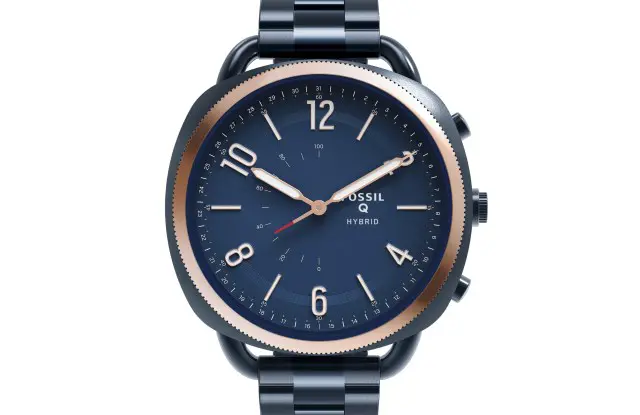Wearablescontinue to be top-of-mind for the tech set, which came out in droves to see the latest developments in the category on the opening day ofCES 2017 Thursday.
And while raising sufficient capital is crucial to launching a hardware start-up — and might lead to gray hair, according to Fitbit chief executive officer James Park —that hasn’tdeterred the legions ofwearablesmakers who arehoping to replicate Fitbit’s success.
Park spoke about developing the Fitbit, which has since grown to a suite of hardware products and more than 54 million total units shipped. He said the mission, after almost 10 years, has remained the same: To make everyone in the world healthier, in a way that works from the consumer’s point of view.
He said the key is to make the consumer excited, and he has a vision of becoming as essential as something like an airbag or a seatbelt, from a “nice to have” to a “need to have.”
The hardware he said, is in addition to the “software magic” on top of it. “It has been 10 years, but it still seems early days for the consumer-driven and sensor-driven movement in health care,” he said.
Park’s speech came on the heels of a handful of software updates that Fitbit made here at CES: It’s added more personalized insights and motivation to the Fitbit app and the Fitstar Personal Trainer app, more features to the Fitbit Blaze and new partnerships with Habit, Peloton and VirZoom.
Although it might seem like “early days” for the company ceo, don’t tell that to the wearables start-ups presenting and pitching this year. Many were in the fitness or wrist-worn category like Fitbitand represented a diversity of functions and forms. Milo Sensors created a wristband called Proof that tracks blood alcohol content; Senstone creates one that allows for voice-activated note taking, Spacemap is a wristband that has a 360-degree camera, Feel is a wrist-worn emotions tracker and the CT Band is a smartwatch band that can be added to any analogue watch.
Beyond the wrist, there were wireless earbuds (Fuse, Skybuds), smart footwear (Digitsole), boxers that ward against cell-phone radiation (Spartan) and even smart glasses that attempt to pick up — somewhat — where Google Glass left off (Uno by GlassUp).
Allure magazine got in the hardware game with a branded cell-phone case made with Casemate; the case includes an adjustable “selfie” light and a ring holder to optimize the selfie process.
AndFossil, which found that its early efforts in wearables helped bring new customers to the brand, is now iterating on its smartwatch lineup.
The company revealed new hybrid smartwatch designs it thinks harness the lessons it has learned so far about what consumers want from wearables. The direction the segment is going toward indicates that’s more function than Space Age gadget.
The company has new case designs for its Q Modern Pursuit and Q Grant hybrid smartwatches as well as the new Q Accomplice, which lends a sportier feel to the brand’s lineup of hybrid smartwatches, along with a slimmer design. Q Accomplice wearers also have the option of customizing their pushers, or watch command buttons.
“We’re excited about that, to be able to customize it to the customer and definitely know that that’s something they’ve been asking for,” saidFossilchief creative officer Jill Elliott of the pushers.
The three designs — Accomplice, Modern Pursuit and Grant — will be available in the spring with retail prices ranging from $175 to $215.
(WWD)
 简体中文
简体中文

